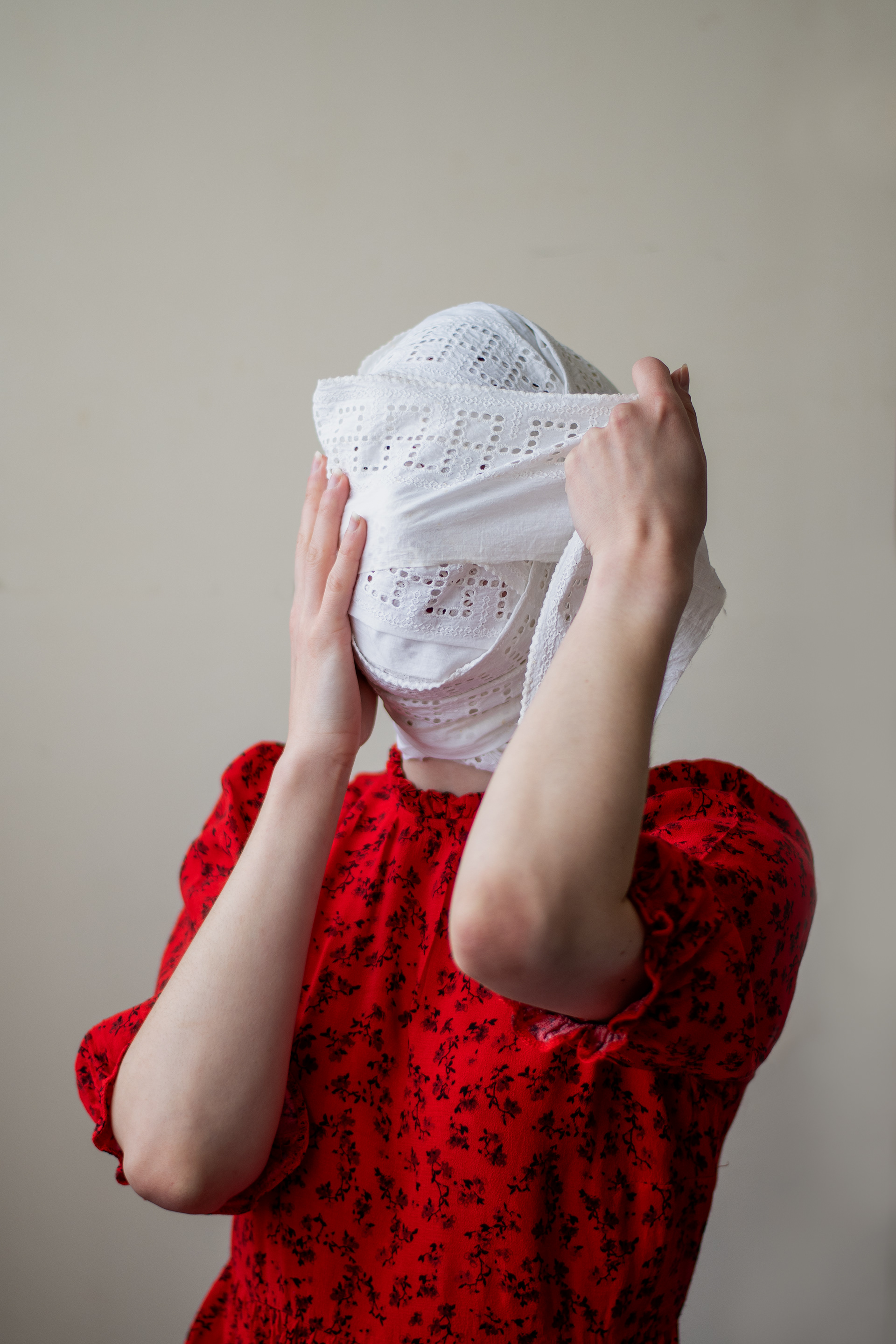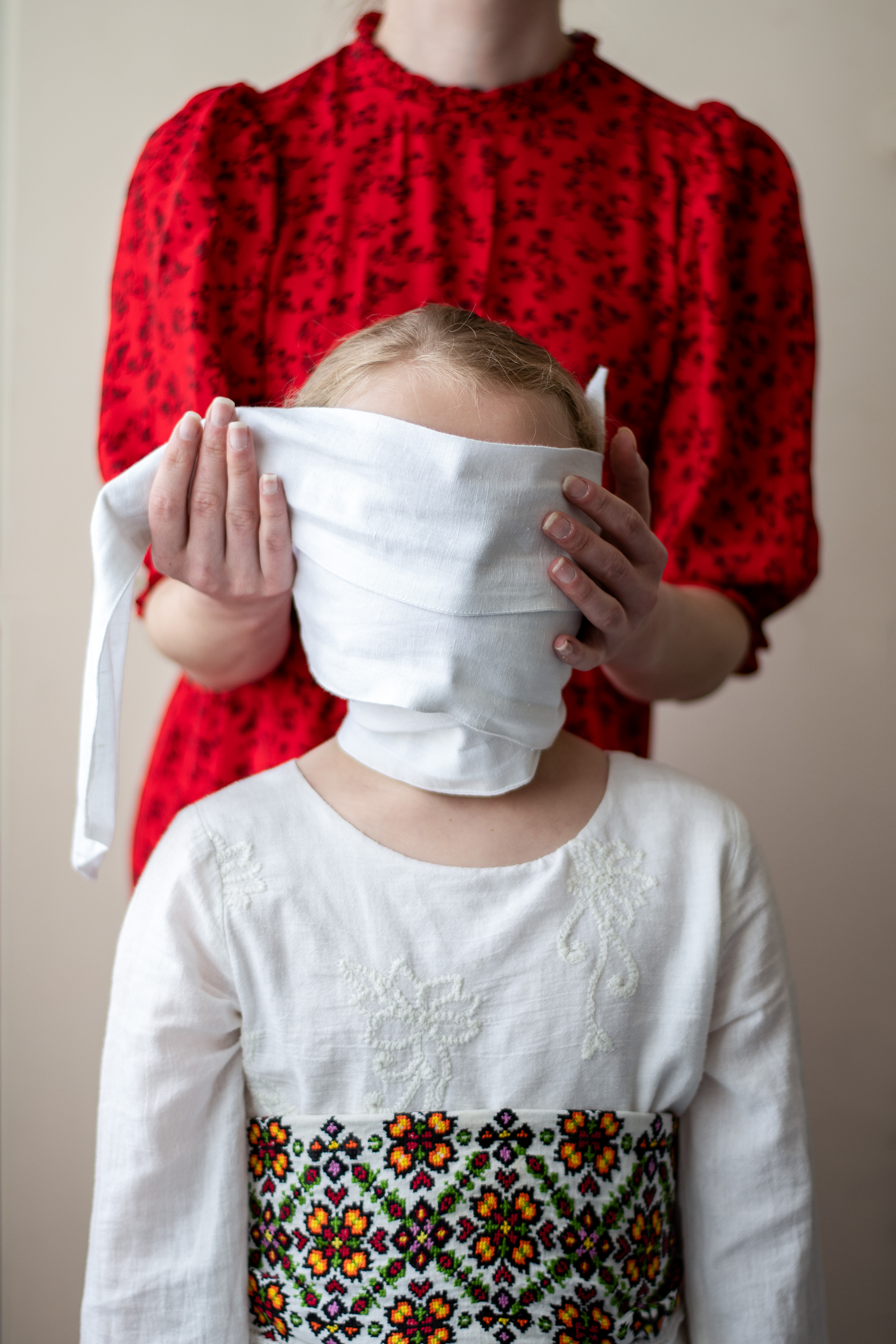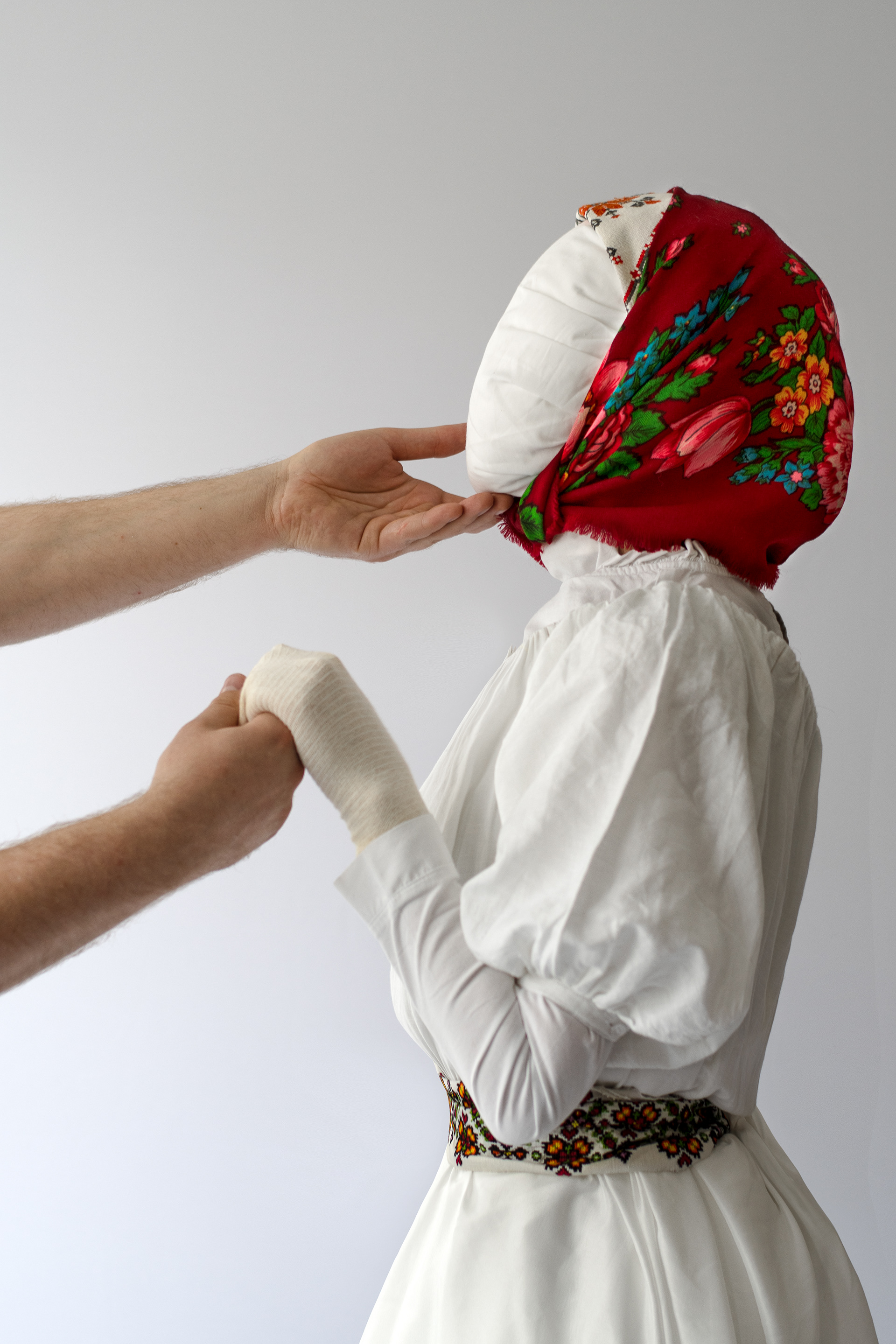








The doll is a fascinating subject. It is considered the most extensive, adaptable and recognisable symbol in the civilised
world. This colourful and appealing element of human culture helped shape socio-cultural roles and socially desirable standards of behaviour. The doll makes it simpler to identify oneself and recognise the “I”. It is a toy, yet it cannot be considered only in ludic terms because it also correlates with rituals and beliefs.
Worldwide, many spiritual rituals regarding dolls emerged over decades, including an archaic Slavic tradition of “Motanka”. This form of a rag doll had a particular purpose of fulfilling wishes.
world. This colourful and appealing element of human culture helped shape socio-cultural roles and socially desirable standards of behaviour. The doll makes it simpler to identify oneself and recognise the “I”. It is a toy, yet it cannot be considered only in ludic terms because it also correlates with rituals and beliefs.
Worldwide, many spiritual rituals regarding dolls emerged over decades, including an archaic Slavic tradition of “Motanka”. This form of a rag doll had a particular purpose of fulfilling wishes.
The “Wishing Doll” is a series of 16 digital images that compare the process of forming the wishing doll to some aspects of social behaviour within psychological and ethical egoism. According to this theory, altruistic behaviour is often unveiled to be self-interested, and selfless help is motivated by individual desires. This theory might be akin to the ritual of creating the Motanka. The doll is made and then gifted by its creator for the reason of satisfying the creator's personal well-being.
This body of work invites the viewer to explore the complexity of human behaviour. It encourages them to reflect on interpersonal relations and one’s attitude towards others and themselves.
